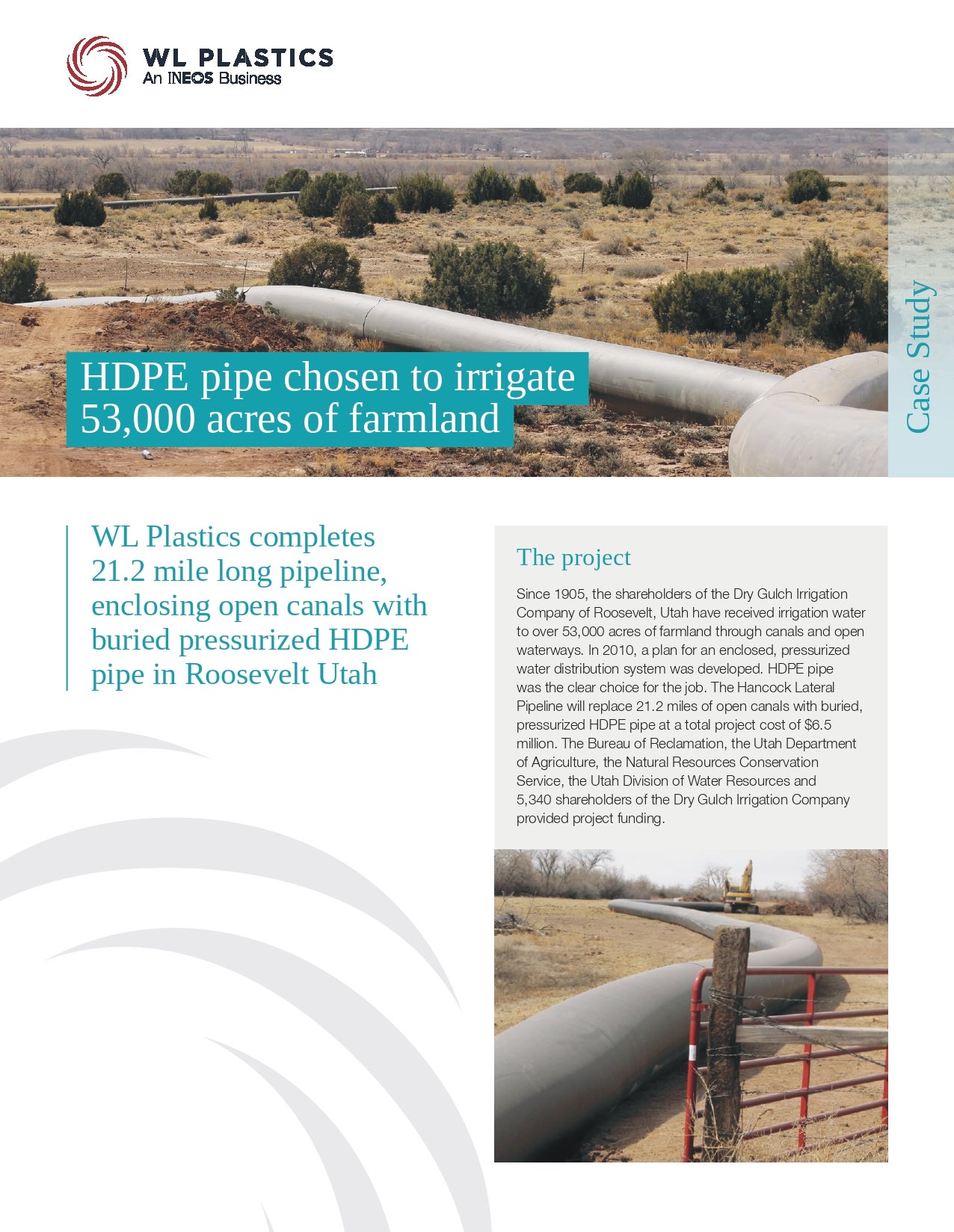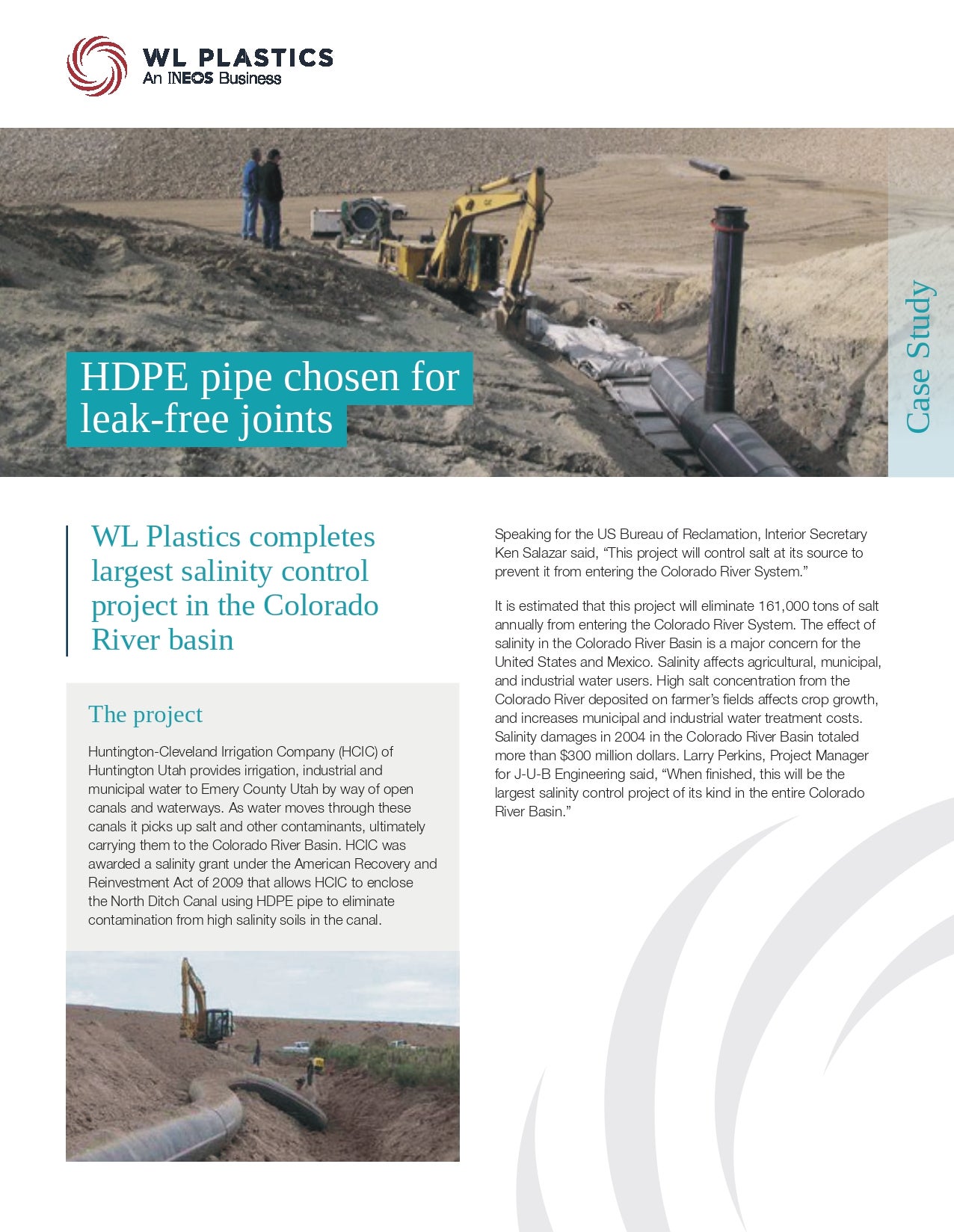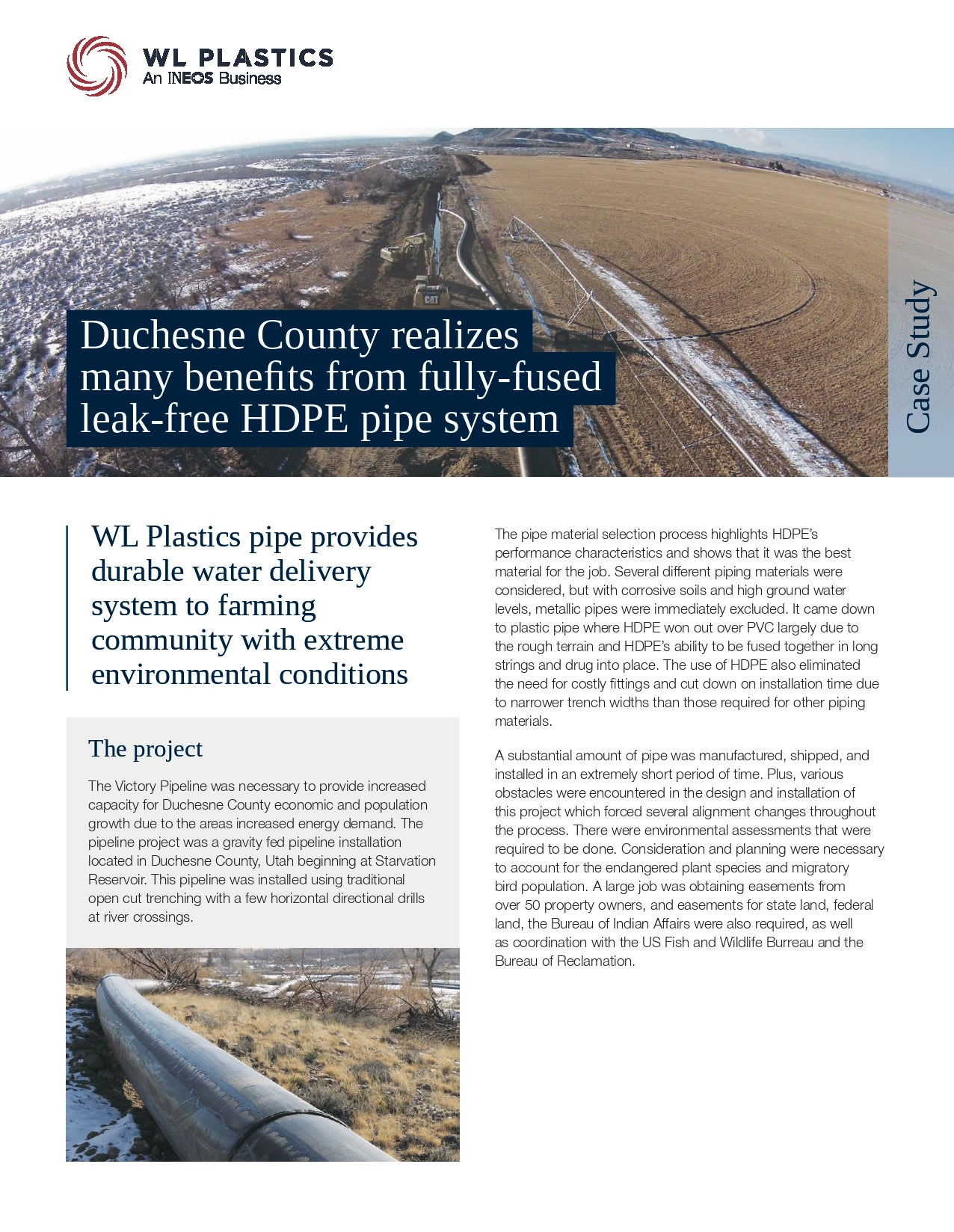What are Geothermal Heat Pump Systems?
The earth’s crust remains at a constant temperature of 50 to 60°F at a depth of 10 to 20 feet below ground surface and increases in temperature with depth at a rate of 60 to 90°F per mile. Heat from within the earth is produced mainly by the radioactive decay of elements and by friction between shifting continental plates. Heat energy from within the earth or from deep bodies of water (geothermal energy) can be recovered and used for heating and cooling systems.
Geothermal heat pump systems (GHPS) extract heat from the earth or from deep bodies of water and bring the energy to the surface by circulating fluid (water or a combination of water and glycol) through pipe loops installed at varying ground depths. Shallow pipe loop depths are used for cooling and deeper pipe loop depths are used for heating. Geothermal heat pump systems are very efficient, using 25–50 percent less electricity than comparable conventional heating and cooling systems, and they produce less greenhouse gas emissions.
Six commonly used types of geothermal pipe systems are:
- Vertical Ground Well Systems:
Two parallel pipes connected at the end are installed in a vertically drilled hole.
- Pond Loops:
Pipe is looped at a specified depth within a water body of water.
- Slinkys:
Loops of coiled pipe are buried horizontally across the bottom of a trench. Slinkys allow more length of pipe within a compact space. This method is a popular option for residential geothermal systems.
- Horizontal Straight Loop:
The pipe is laid out in horizontal loops at the bottom of a ditch. This requires a comparably longer trench than slinky systems.
- Open-Loop System:
Instead of having a closed loop of water or other fluid, open loops pump water back and forth between the source and the receiving structure. This is usually prohibited in most applications but can be used in systems where water is plentiful.
- Hybrid Systems:
These systems use a combination of geothermal resources and outdoor air cooling towers. They are most effective in applications where cooling needs are greater than heating needs.
GHPS are becoming increasingly popular for heating and cooling buildings during seasonal temperature variations. These systems rely on high-quality pipe like PE4710 that is durable and capable of lasting for years at various depths and temperatures without replacement or repairs. Choosing the right pipe makes all the difference in the long-term viability and maintenance costs of the system.




